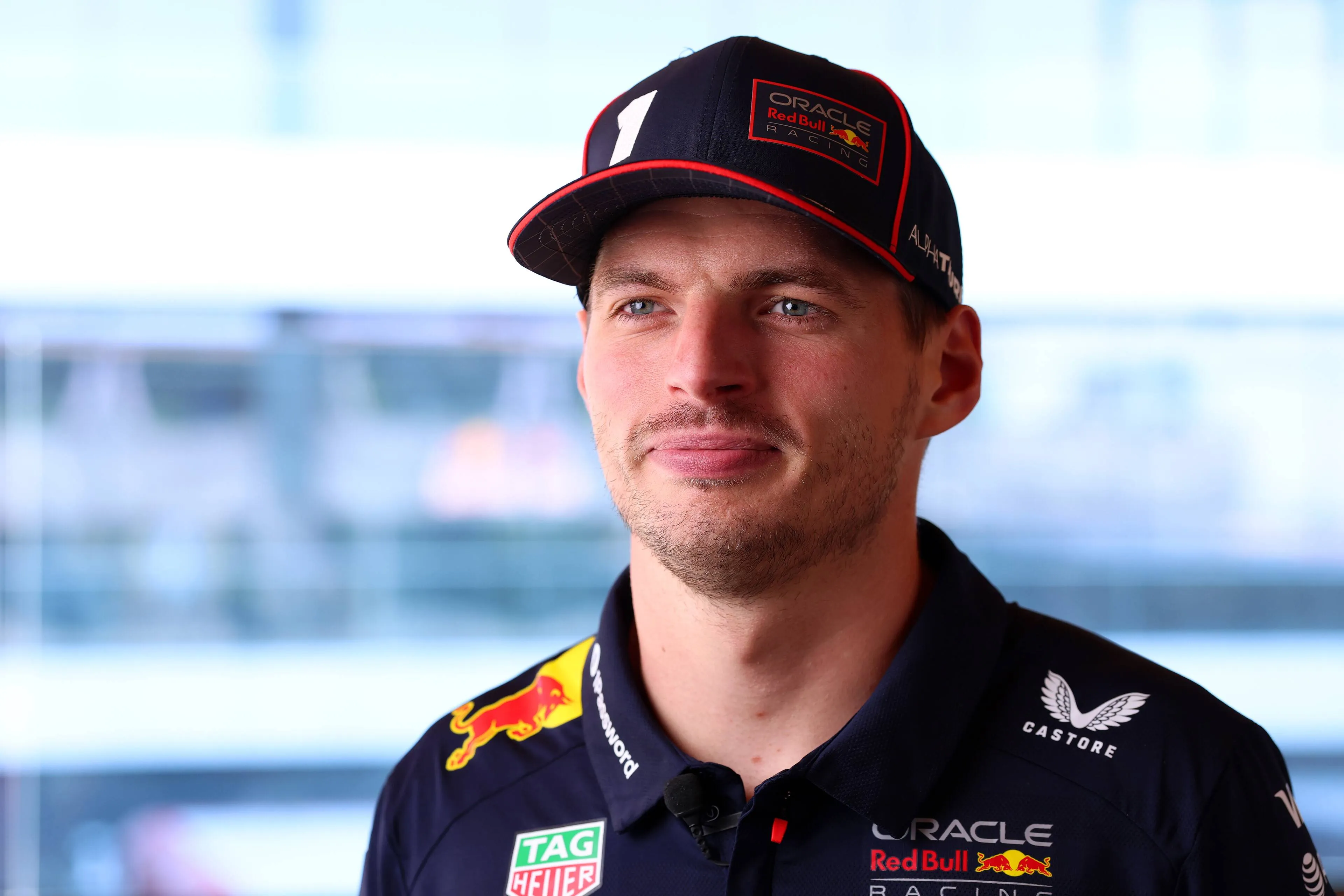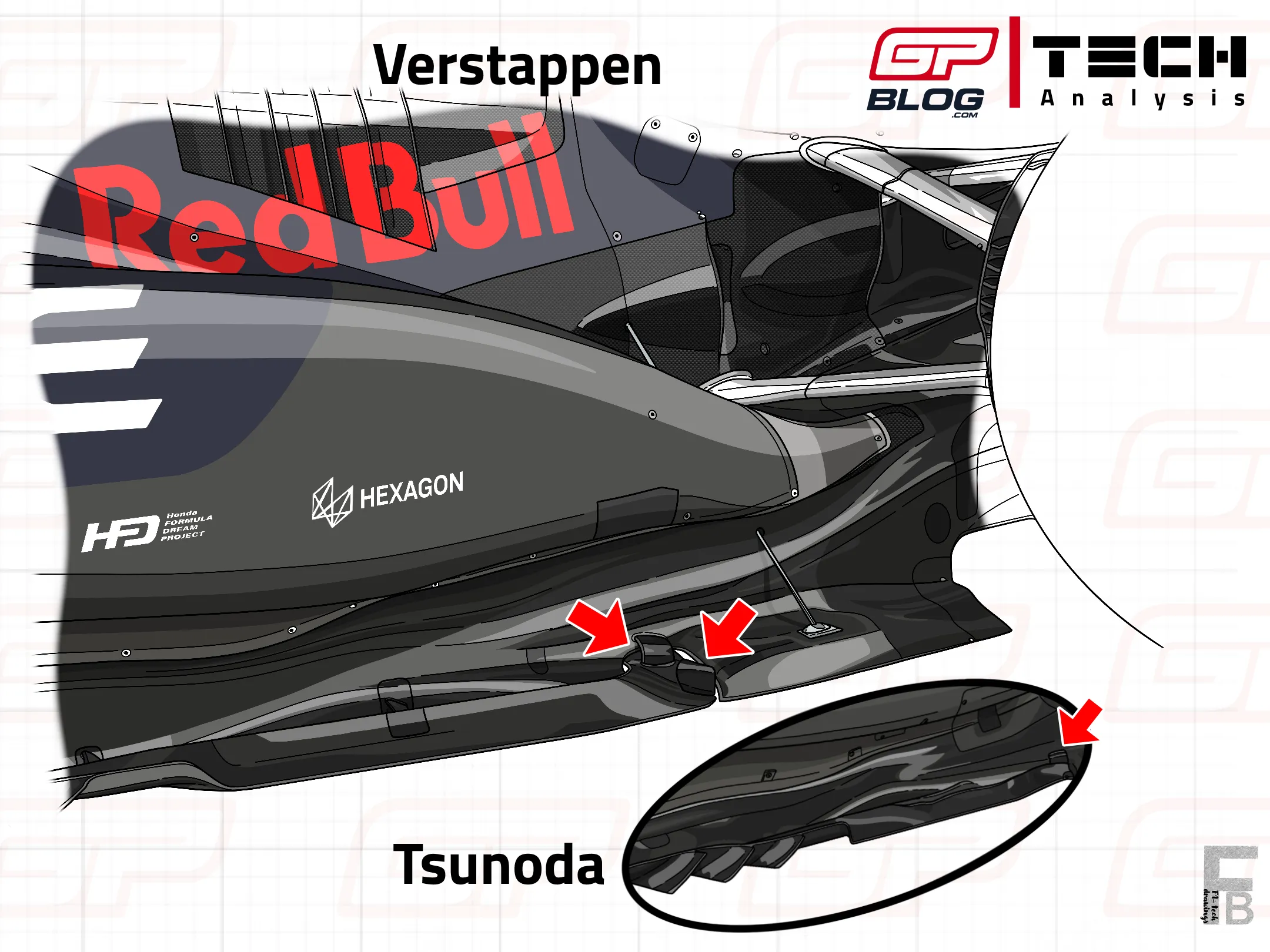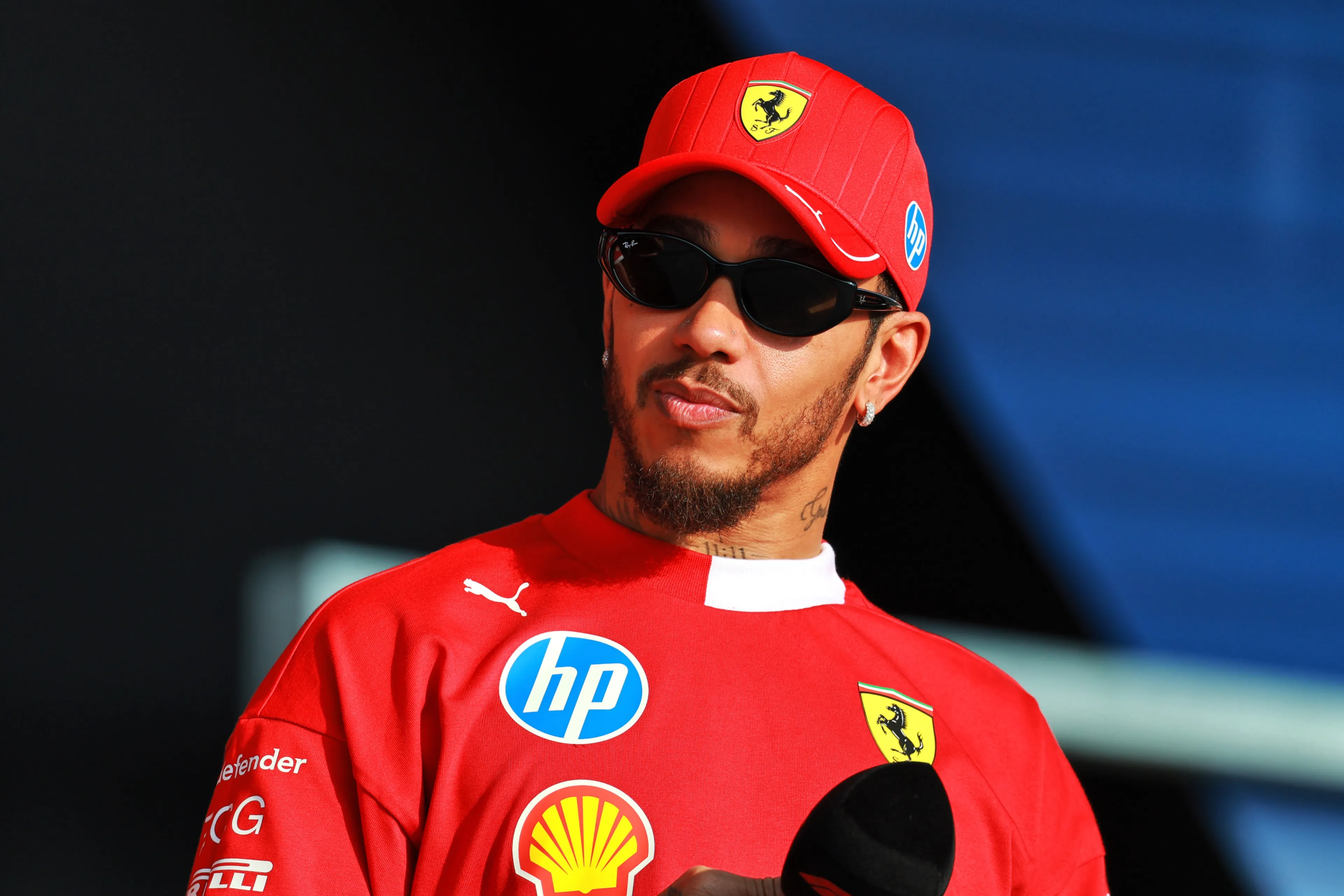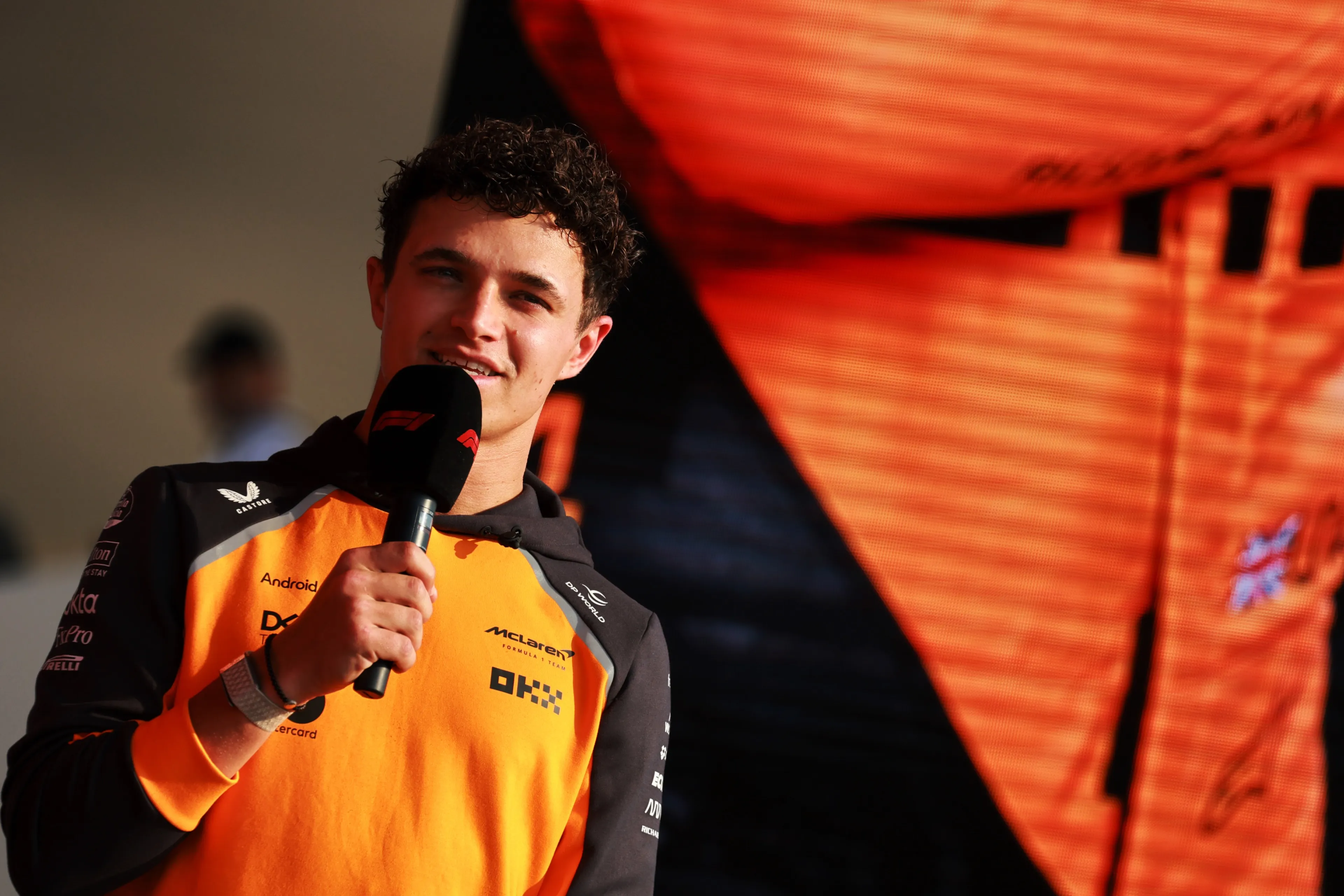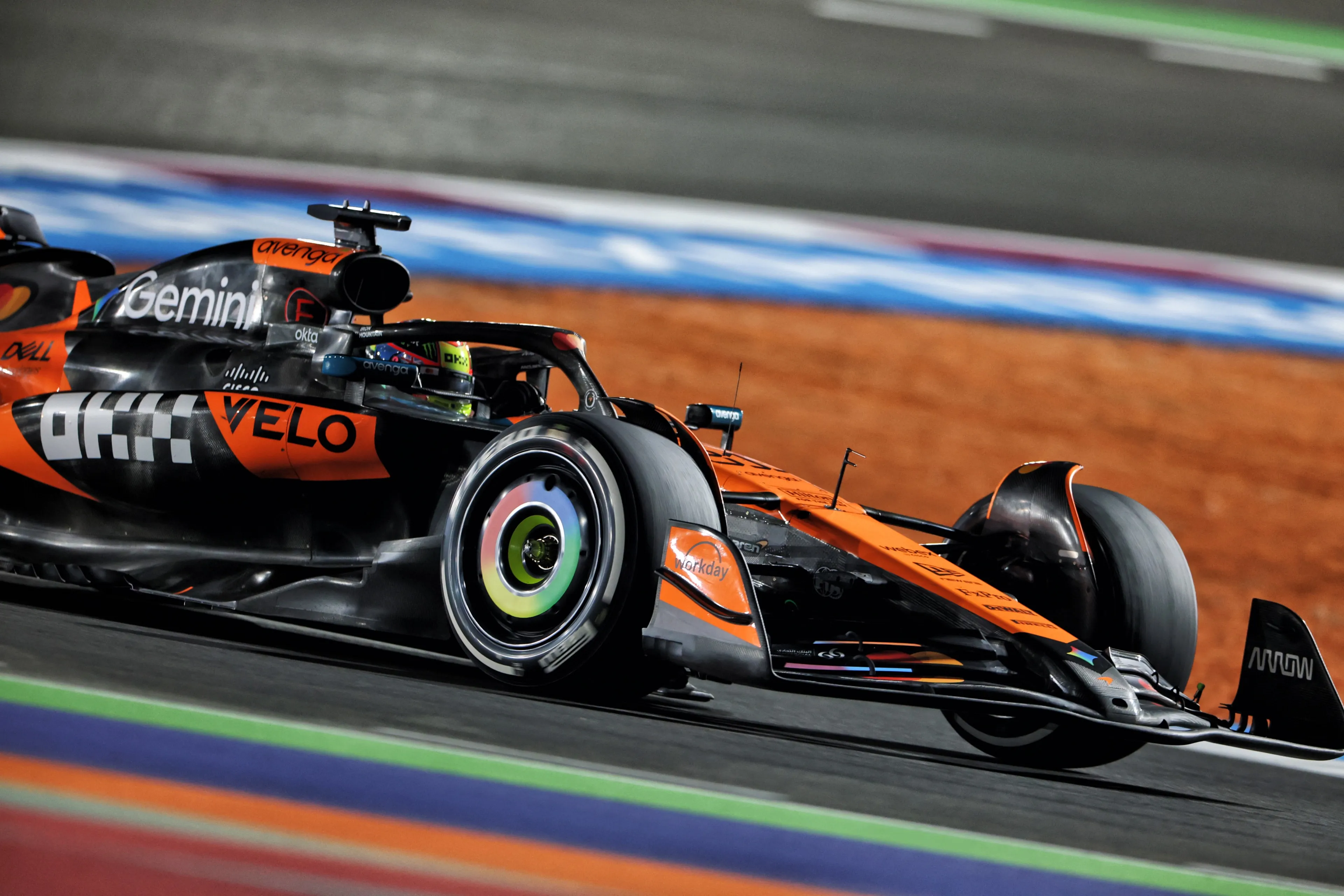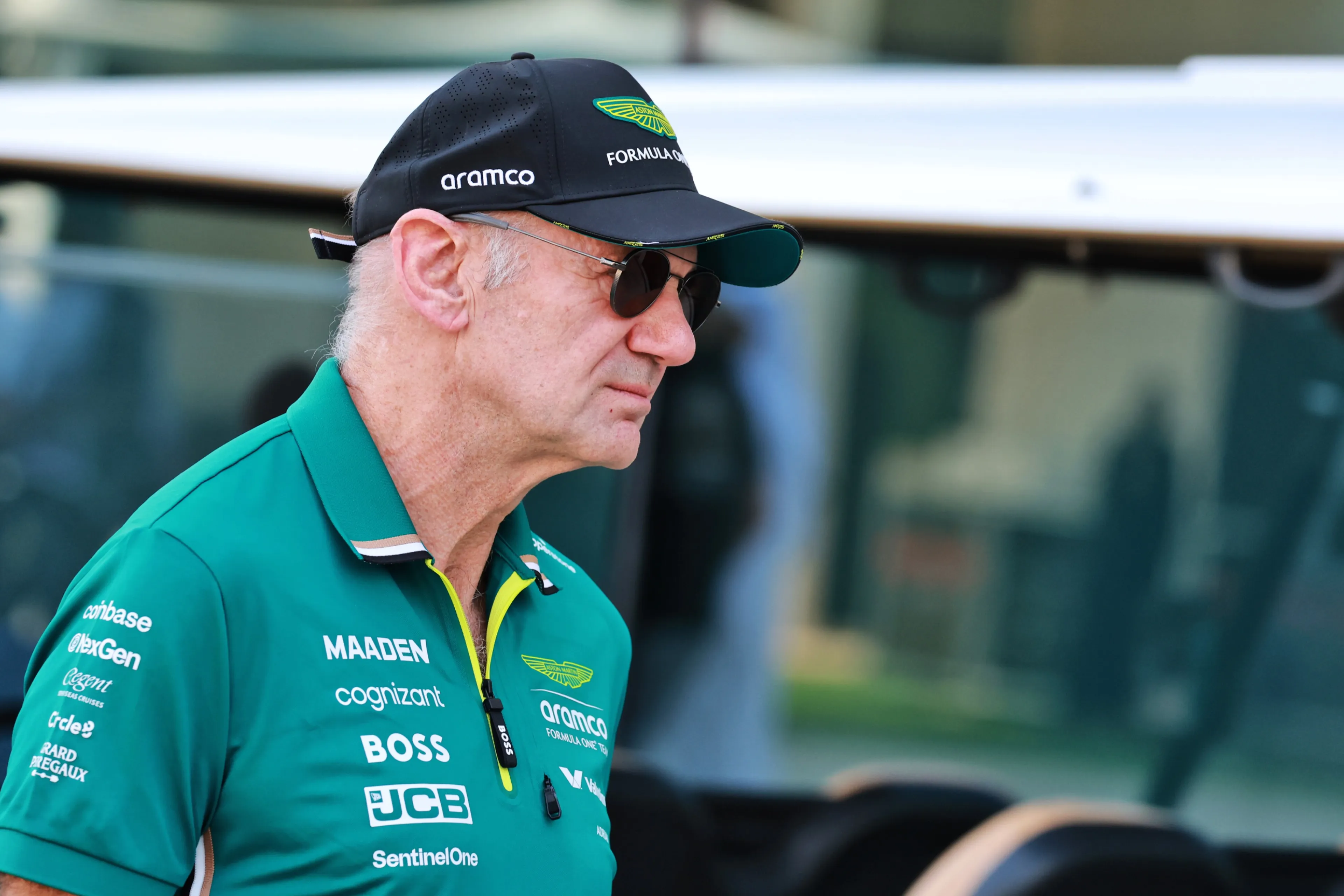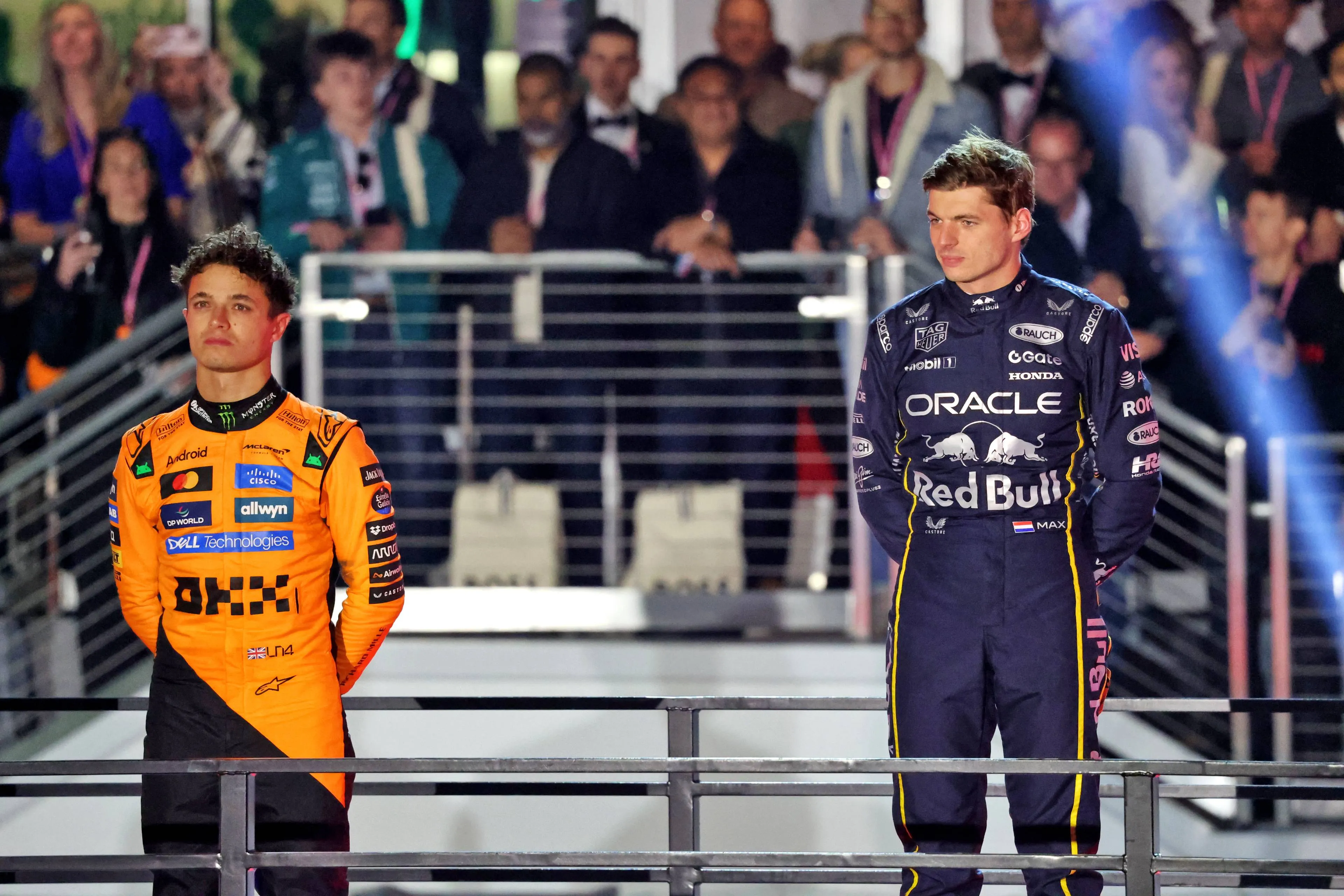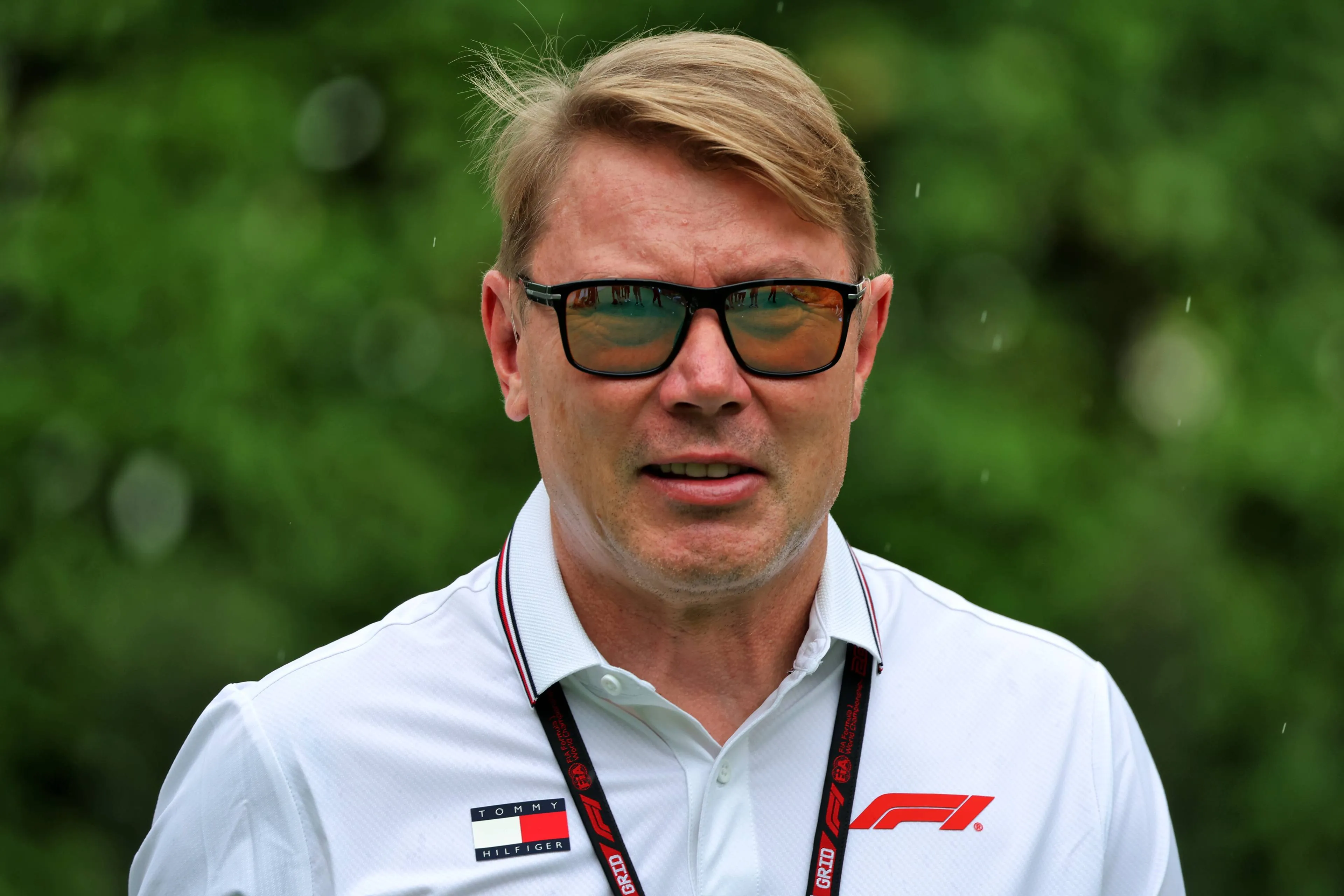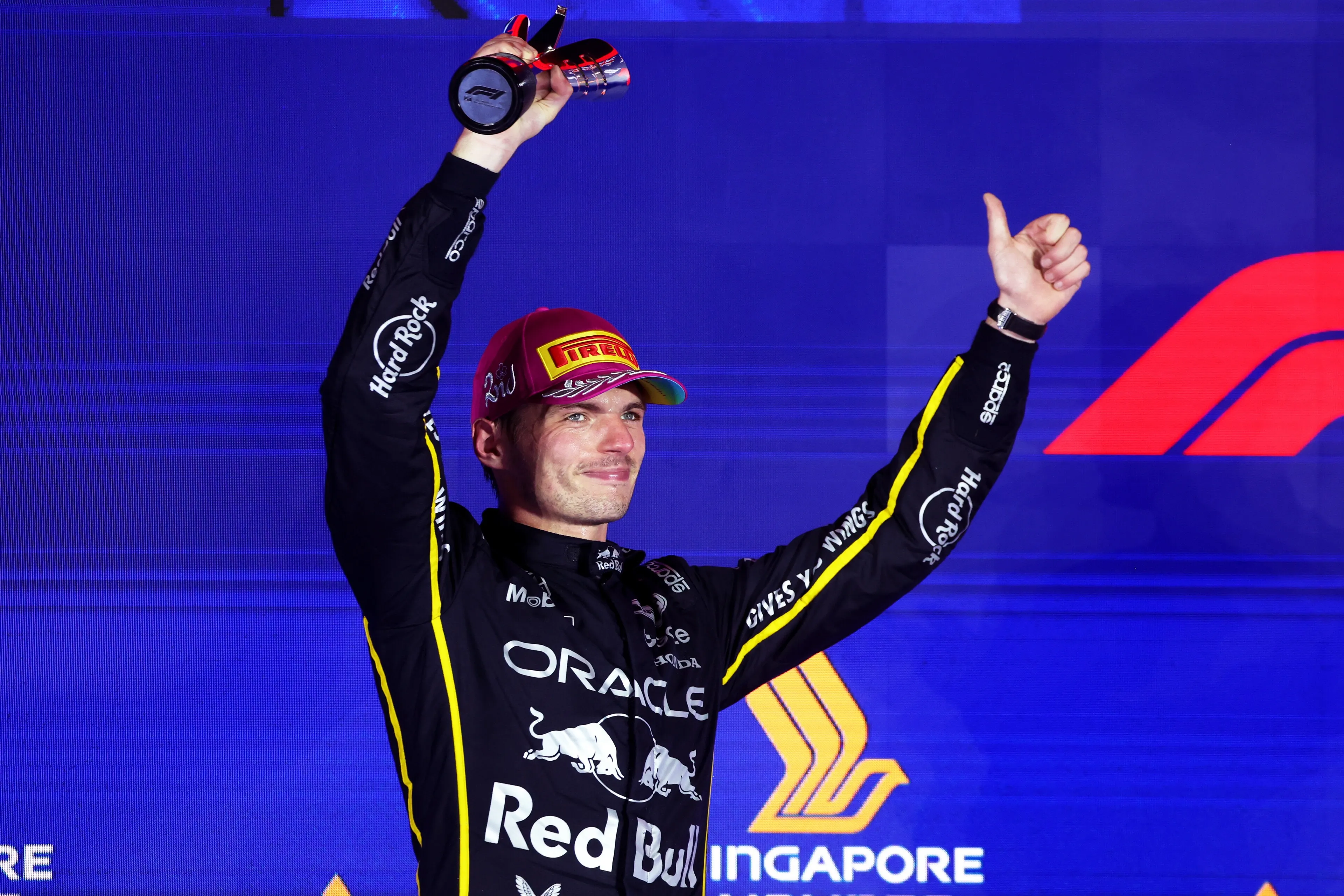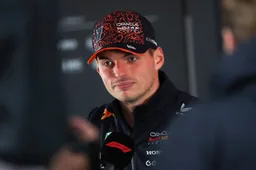The Belgian Grand Prix weekend was a difficult one for Red Bull, despite positive feedback from the major update package introduced last weekend. The new components, together with an aggressive rear wing choice, allowed Verstappen to win the Sprint, while he struggled much more during the Grand Prix on Sunday. He didn't finish on the podium, and this must be seen as a signal that the team should now focus only on 2026. Let’s try to explain why.
After a difficult weekend at Silverstone, Red Bull decided to bring even more upgrades to Spa-Francorchamps, hoping to gain some precious lap time over McLaren and possibly reopen the Drivers’ Championship title fight. The updates included major changes to the front wing, front suspension fairings, a new vertical inlet design and a revised engine cover to better suit Spa’s typical cool temperature.
As for the new front wing, it featured a different main plane design: the leading edge has a more "falling" trend towards the outside, to push more air to the endplate and thus around the front wheels, maximising the outwash effect. As for the nose, it is now flatter than the previous version, with a slightly bigger opening.
Moreover, smaller changes appeared to the top flap connection to the nose and to the top flap: a trimmed version was tested during FP1, probably to improve the balance of the low-downforce rear wing already used in Silverstone. This very unloaded set-up, however, made the RB21 too slow in the middle sector of the track, due to the excessive lack of downforce caused by the extreme set-up choice. As a consequence, Red Bull decided to adopt the new front wing spec but with a normal chord top flap, to give Verstappen a more pointy front end and guarantee a better car also through the middle section of the circuit.
For what concerns the changes to the vertical cooling inlet, it featured a more simplistic design to slightly increase the amount of air to cool the PU and better manage the airflow directed towards the undercut and low portion of the sidepod: as highlighted in the drawing below, the new version is now characterised by a straight vertical inlet, with a small curl at the terminal part, where it connects with the floor (light blue arrow and line). The previous version featured instead a different width of the vertical inlet through its lengths: the upper and lower ⅓ of the inlet were wider than the central third, which was shallower. Moreover, the updated RB21 also featured a winglet on the lower side of the sidepod that was more curvilinear and shorter than the previous version (green arrow).
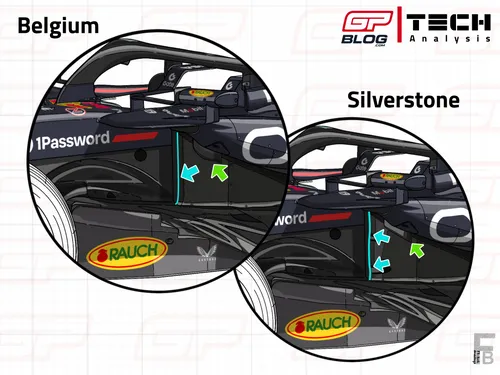
RB21's new cooling inlet vs. the spec used in Silverstone
The goal of all these changes to this crucial area had the main goal of better managing the airflow around the bodywork, preventing flow separation in crucial places and thus generating more downforce from the overall bodywork. Moreover, these changes are probably designed to work in synergy with the updates to the floor already introduced between Austria and Silverstone.
Last but not least, the team also brought a new engine cover that was characterised by a smaller rear exit, to reduce the heat dissipation, as the temperature was cooler than the previous races. The new cooling exit was much more rounded than the previous one, inspired by the MCL39’s efficient design.
All these new parts were fitted on Verstappen’s car from FP1, while Tsunoda used the old parts on Friday and during the Sprint, with the new components being fitted on his car as well before Saturday’s qualifying.
The Dutchman was happy with the performance the upgrades seemed to bring, as he highlighted after winning the Sprint on Saturday: “I think it’s been good. We just tried to optimise the car. We tried to put performance on it like everyone else, and I think we are doing that. So that’s for sure a positive. We just need to keep doing that.”
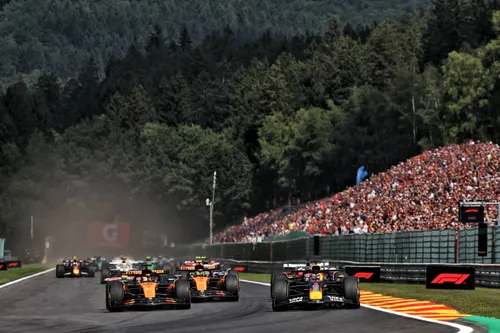
Max Verstappen passes Piastri in Belgium
However, after the Sprint, the team decided to switch the low downforce rear wing to a medium downforce spec, due to the rain forecast for the race on Sunday. This aspect inevitably penalised Verstappen, who started suffering with the balance of the car as soon as qualifying began, due to the excessive understeer in the middle sector. As a consequence, Norris and Piastri had no rivals in the fight for pole, with Leclerc in P3 in front of the 4-time world champion as well.
The higher downforce set-up, in fact, generated a lot of load on the rear axle in the central portion of the track, giving Verstappen a much more stable car in the high speed, allowing him to push a lot more. As a consequence, the higher downforce set-up produced too much drag on the straights, making Tsunoda and Verstappen lose a lot of time compared to McLaren and Ferrari in the first and third sectors.
The set-up chosen, however, should have given a big advantage over Leclerc and Russell (who adopted lower downforce set-ups) on a wet track: the reality during the first phases of the race was that the track was already quite dry, making Red Bull’s bet on a higher downforce set-up less profitable. As a consequence, Leclerc managed to keep Verstappen behind during the first ten laps on intermediate tyres, basically denying the Dutch driver a podium, due to the much slower car in terms of top speed.
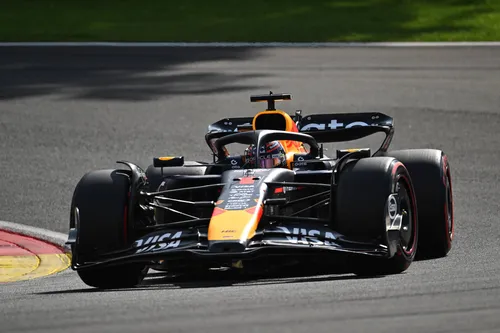
Verstappen during Saturday qualifying
In conclusion, Red Bull’s recent upgrades have definitely helped in terms of performance, making the RB21’s working window a bit larger and slightly easier for engineers to set-up the car correctly. Despite the small steps forward, McLaren still seem to be miles away, thanks to their more complete package that makes the MCL39 competitive in almost every condition and on different layouts.
The focus for Red Bull, given the amount of upgrades brought since the beginning of the season and the relative miserable results got (2 wins in 13 races, 4th place in the Constructors’), should now switch only on 2026, to avoid that the lack of performance from this year may spread to the new car too, depriving the team from fighting with Mercedes, McLaren and Ferrari for the Championship.
Read also
Read more about:
Rumors
Popular on GPBlog
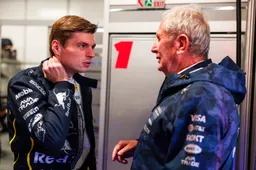
1
Marko identifies Verstappen's problem during Sprint Qualifying
3373 times read
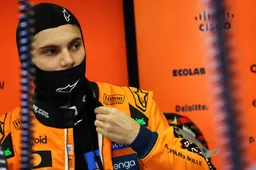
2
F1 LIVE | Reaction as Piastri on Sprint pole as Hamilton starts P18
1884 times read

3
This is the provisional grid for the F1 Qatar GP sprint race
1855 times read
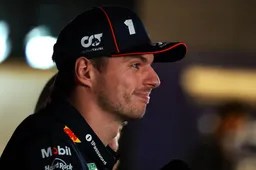
4
McLaren have cause for concern: Verstappen's pace remains untapped
1404 times read
Loading


